Scotland’s Oldest Tartan Rose From a Peat Bog
The 400-year-old fabric extends the iconic pattern’s history in Scotland by over a century.
Sometime around the 1980s, maybe, a rough, yellow-tinged piece of fabric, slightly larger than a placemat, was pulled from a peat bog in Glen Affric, Scotland. The cloth is a swatch of tartan, the fabric associated with Scottish kilts, featuring the telltale interlocked stripes of various sizes and colors. (The term also applies to the pattern, which many know as plaid. But not all plaids are tartan, and to add to the confusion, in Scotland a plaid is a long piece of tartan that is pleated and wrapped around the body.) How and when this fabric, now known as the Glen Affric tartan, found its way into the peat is a bit of a mystery, and now, researchers are starting to unravel its checkered past, one that places it in a unique position in Scottish cultural and sartorial history.
Tartan historian Peter MacDonald, head of research and collections at the Scottish Tartans Authority (STA), a nonprofit dedicated to the promotion and preservation of tartans, had an inkling that this fabric piece was special. When the V&A Dundee, a branch of London’s Victoria and Albert Museum, inquired about old tartan specimens the STA might lend for an exhibition, MacDonald knew just the one. It was the Glen Affric, but the question of its actual age was still unanswered. Over the following six months, analytical scientists from National Museums Scotland analyzed the fabric’s dyes, and a team from SUERC Radiocarbon Laboratory in East Kilbride carbon dated the cloth. They confirmed that it is officially Scotland’s oldest true tartan, dating to the 16th century, predating other candidates by over a century and providing a window into the persisting importance of the Scottish icon.
“The Glen Affric tartan is clearly a piece of national and historical significance,” John McLeish, chair of STA, said in a statement. “There is no other known surviving piece of tartan from this period of this age. It’s a remarkable discovery and deserves national attention and preservation.”

Traditional tartans are made of densely woven and dyed sheep’s wool, which MacDonald compares to denim. “In terms of a pattern weave, it isn’t particularly interesting,” he says. “It was made to be a strong cloth, but you make that cloth more interesting by putting color in it.” The pattern is made up of multiple colors of interlocking stripes of varying levels of thickness. And these colors can hint at who wore the clothing, with certain colors and combinations reserved for nobility. “Color has always been important,” says MacDonald. “It was a way of adding importance to clothing of status, or particular ceremony, or other significance.”
MacDonald is now working to ascertain what this brownish-yellow-tinged tartan might have looked like hundreds of years ago, in its prime. “It’s principally a red-yellow tartan, with green and black overstripes, as a broad description,” he says. The green color comes from yellow mixed with Scotland’s native blue dye, woad. Because of its fine craftsmanship and coloration, MacDonald believes the garment belonged to someone of status.
Today, tartan patterns are most often seen in kilts and caps, but throughout history this strong fabric and its distinctive patterning has been used for anything from cloaks to curtains. “Kilts as we understand them today are really a late-18th-century garment,” says MacDonald. “Before that, there was something that was much more akin to a male sari.” Back in the 16th century, the Glen Affric tartan was likely worn more like a cloak, and could have been used by any gender.
While who wore it is uncertain, how it ended up in the bog—where anoxic conditions preserved it—is a bigger mystery. “The really intriguing question, apart from who it belonged to, was what were the circumstances that led to it? It wasn’t just dropped,” he says. “It’s obviously a deliberate act. Was it sacrificial? Was it murder? Was it ceremonial? All of those things are open to question because there are no other elements associated with the find that can help us with that.”

While many questions about the Glen Affric tartan remain, its approximate age is no longer a mystery. Still, some experts argue it isn’t technically Scotland’s oldest. In 1933, a scrap of cloth commonly referred to as the Falkirk tartan, was found in a pot with 2,000 Roman coins. This textile was dated to the third century, and was widely considered Scotland’s oldest surviving tartan. But MacDonald and others argue this isn’t a true tartan due to its simple pattern. It contains uniform checks of two colors, rather than the intricate and variable stripes and colors of the Glen Affric. Some tartan experts are keen on keeping to the old standard. “I’m still going with the Falkirk,” says Jim Akins, director of the Scottish Tartans Museum and Heritage Center in North Carolina, the only tartan museum outside of Scotland.
Regardless of which Scottish tartan you endorse, there’s no denying the iconic pattern’s tumultuous past. By the mid-18th century, the pattern symbolized an allegiance to Bonnie Prince Charlie, who led a rebellious, tartan-clad army known as Jacobites. As a result, in 1746, the English government restricted Highlanders’ right to wear some traditional tartan-patterned items, including tights, trench coats, and little kilts. Even when the design returned to official favor in the 19th century—with specific patterns becoming associated with different Highland clans—it was clear the ban had changed the Highlanders’ relationship with tartan forever. This discovery adds a new dimension to that forever-evolving relationship, says MacDonald. “I think the important thing now that we have identified its significance, is to make sure that it’s available for the public to see, and for us to study,” he says.
The Glen Affric tartan is on display at V&A Dundee until January 2024, among more than 300 other tartan-related items, in an exhibit (Tartan) that explores the iconic pattern’s enduring legacy in Scotland and beyond. After further testing, MacDonald hopes the Glen Affric tartan will go on display permanently. “There’s things we’ve lost, and we continue to lose,” says MacDonald, “and that’s why it’s important to study these and understand them, because that’s our past. It’s important to preserve the past for future generations.”
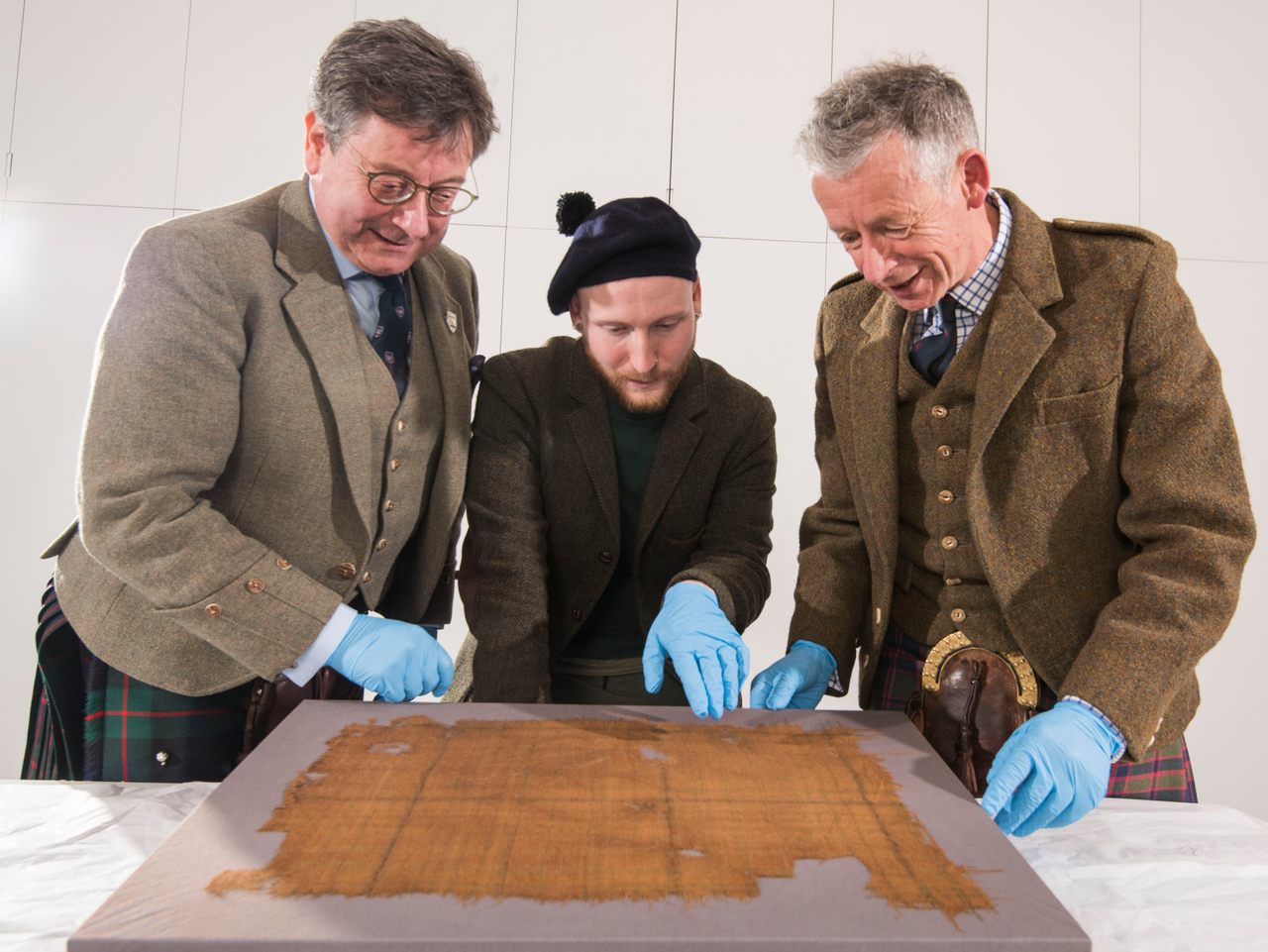


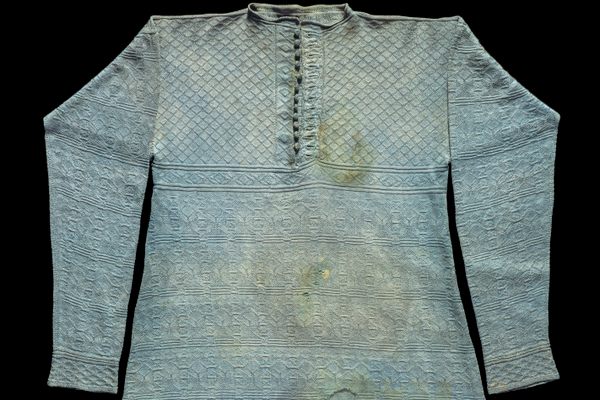
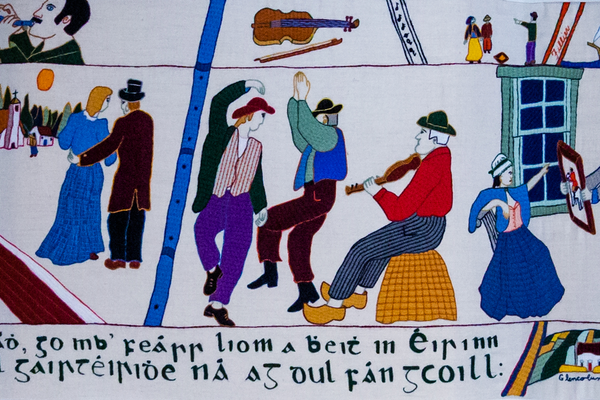
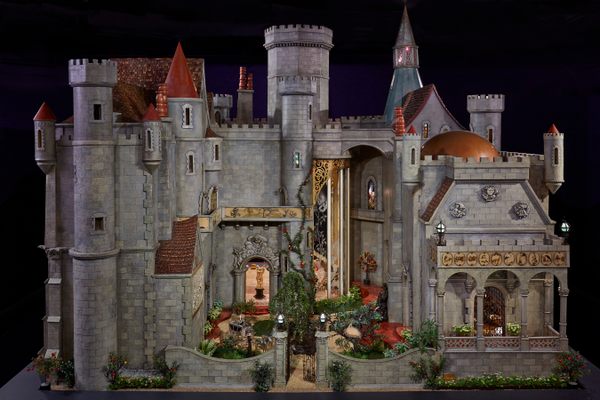
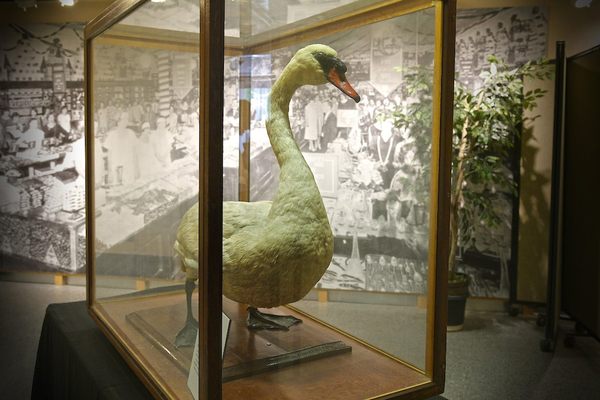




























Follow us on Twitter to get the latest on the world's hidden wonders.
Like us on Facebook to get the latest on the world's hidden wonders.
Follow us on Twitter Like us on Facebook